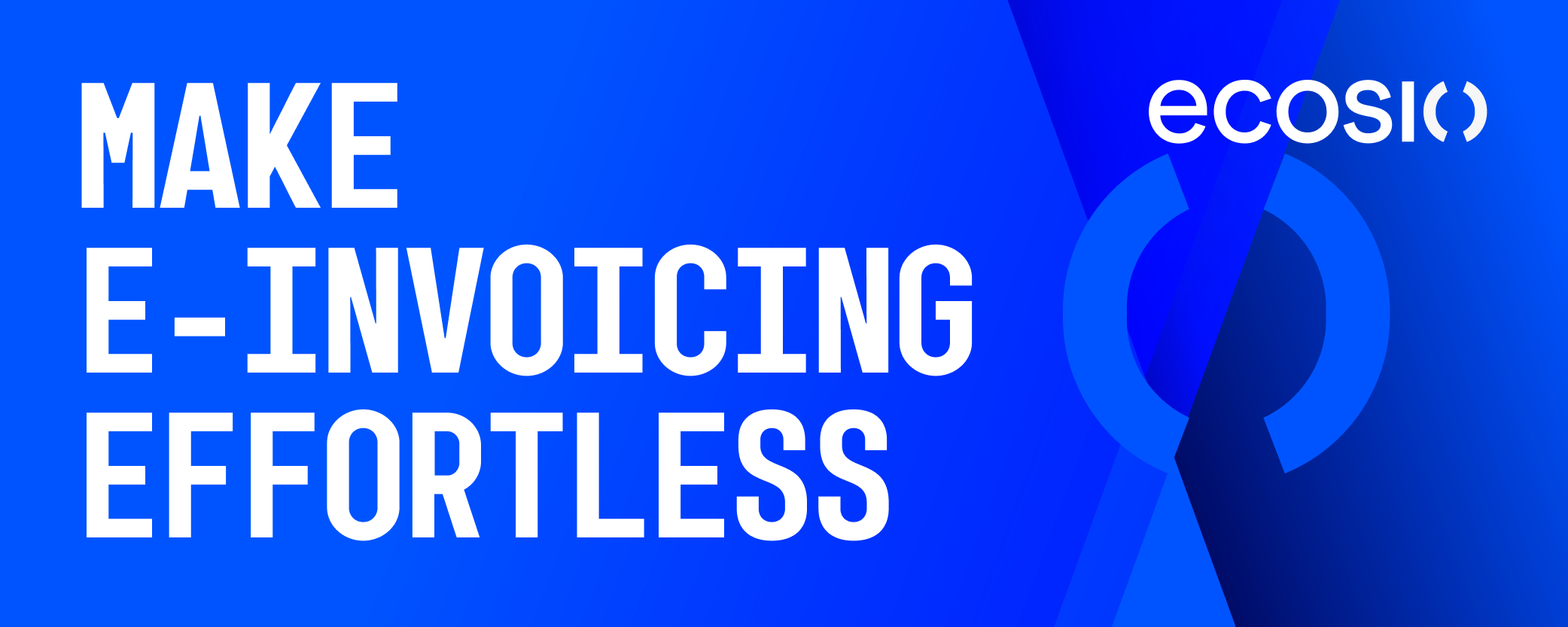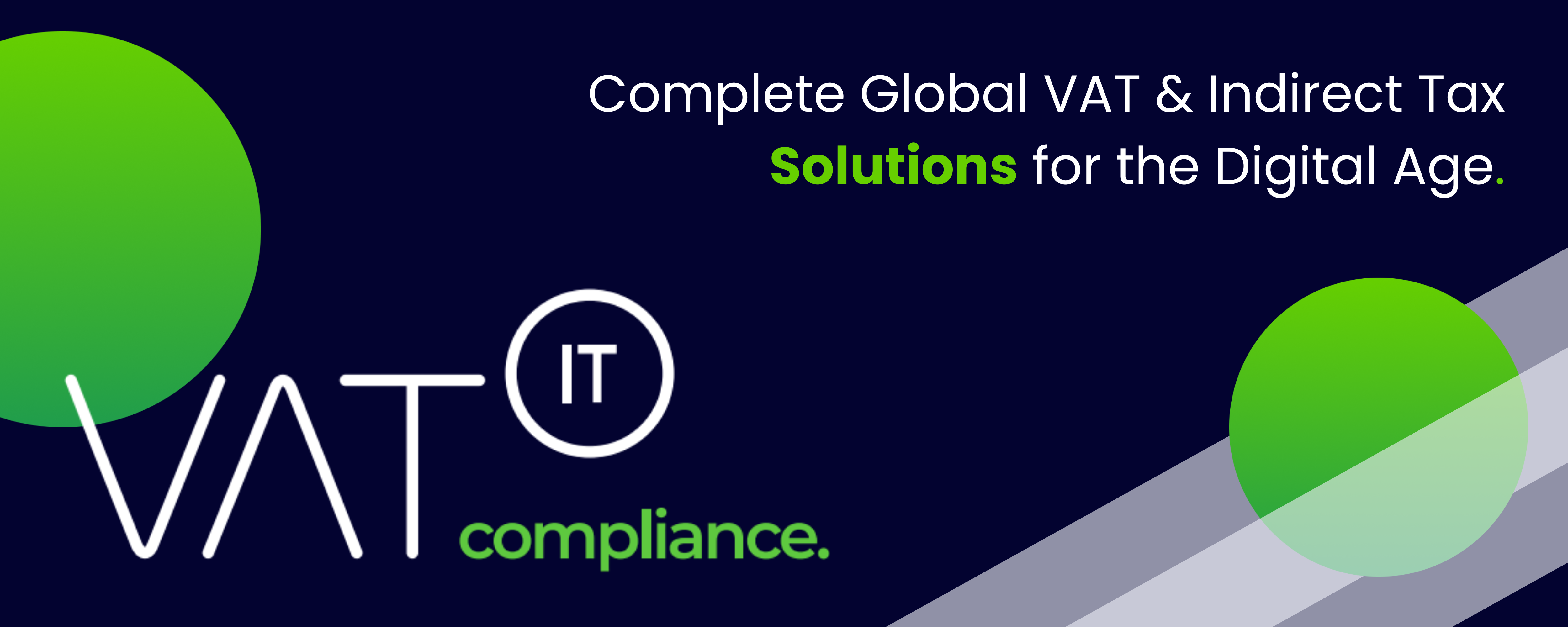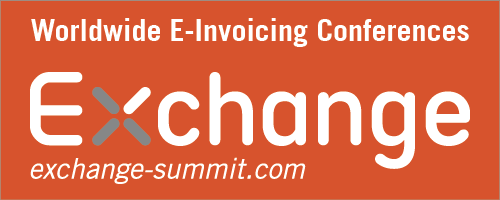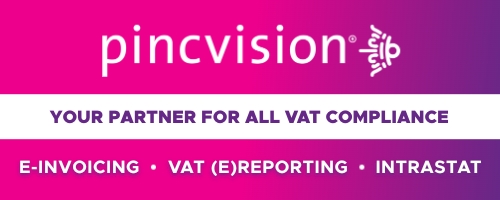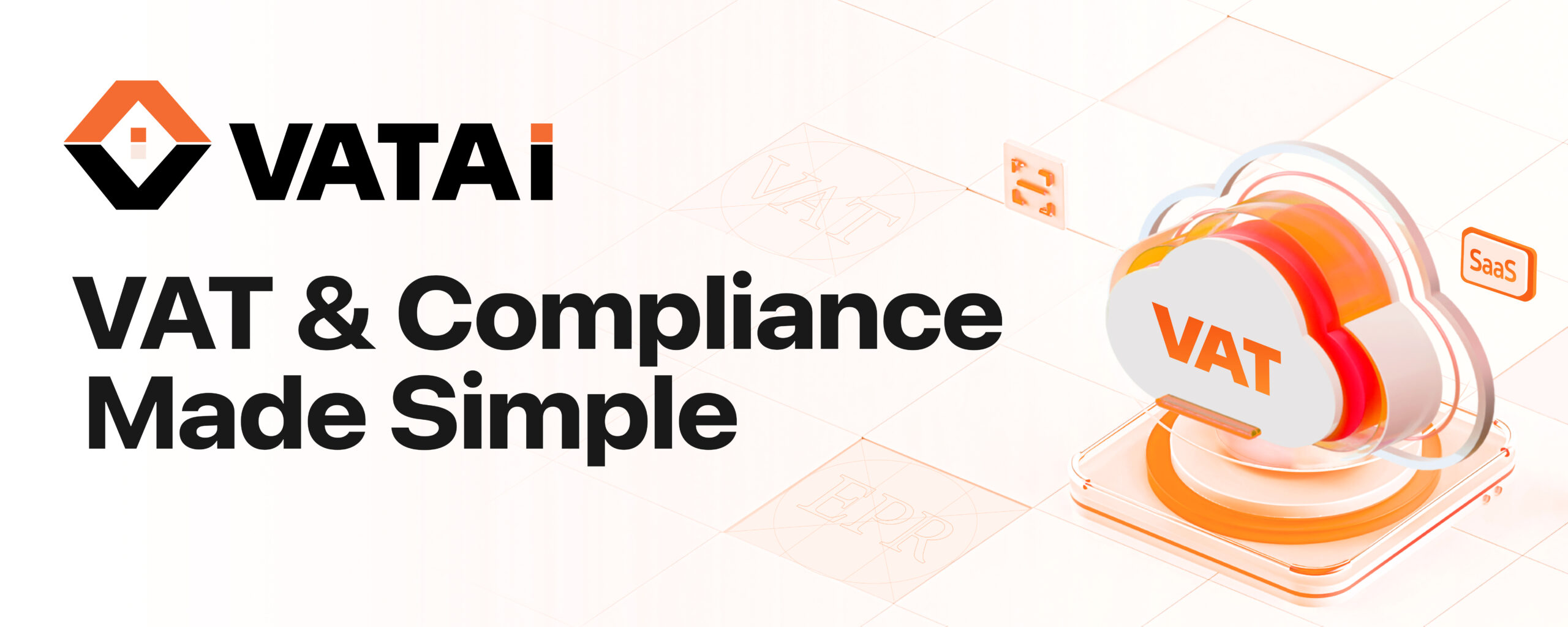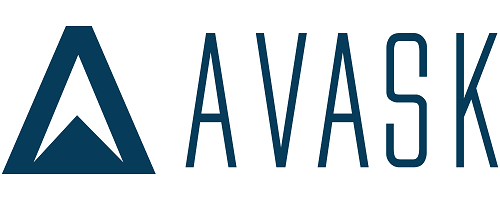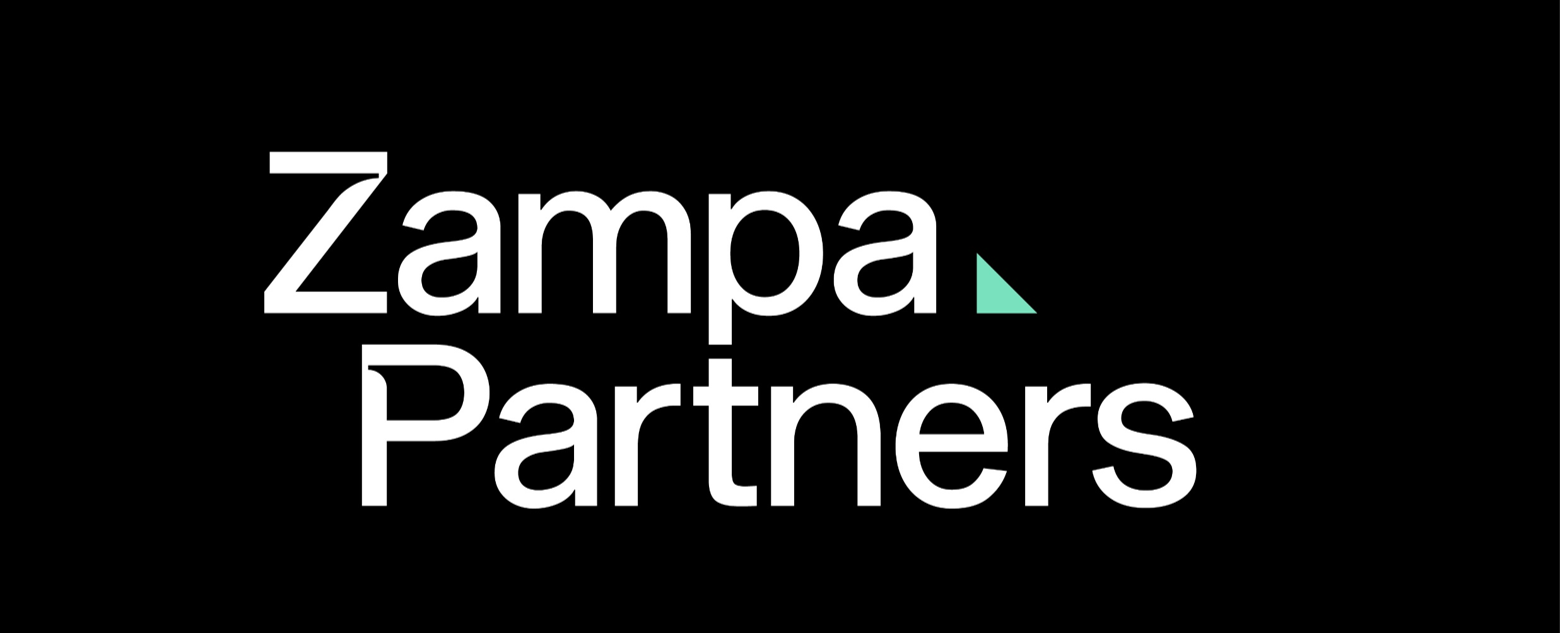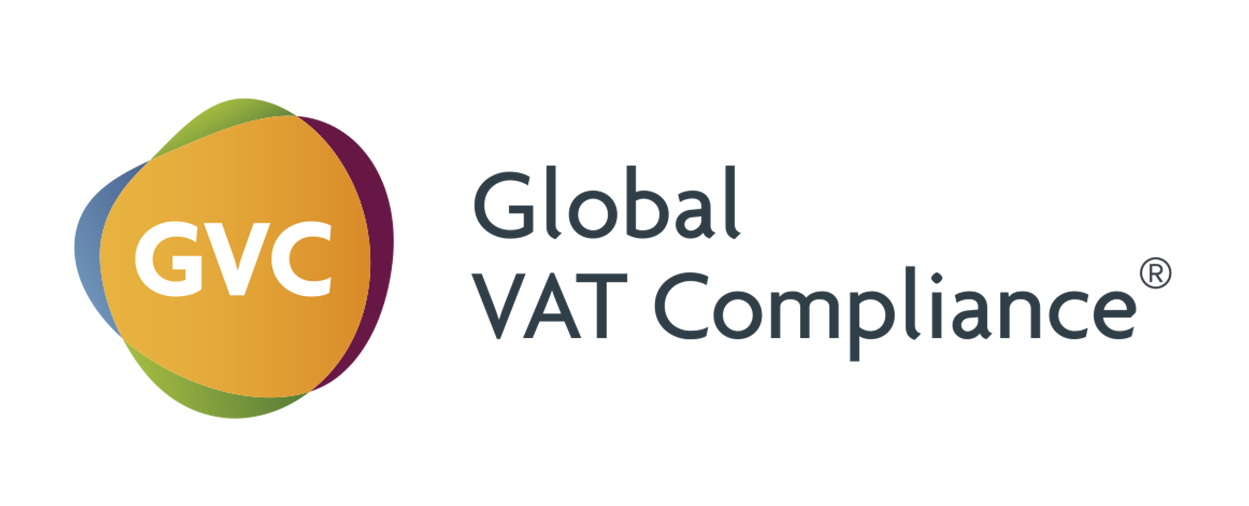The scope of mandatory e-invoicing in Italy is quite extensive and has been gradually expanding since its introduction in 2019. Currently, mandatory e-invoicing in Italy applies to the following:
- B2B transactions: All business-to-business transactions, including those involving non-resident taxpayers, are subject to mandatory e-invoicing in Italy.
- B2C transactions: As of January 1, 2022, all business-to-consumer transactions with a VAT amount exceeding €77.47 are also subject to mandatory e-invoicing in Italy.
- Public administrations: All transactions with Italian public administrations, regardless of the type of taxpayer or transaction, are subject to mandatory e-invoicing.
- White-listed taxpayers: Taxpayers who have been included on the Italian tax authority’s white list are required to use e-invoicing for all transactions, regardless of the counterparty.
It’s important to note that certain types of transactions are exempt from mandatory e-invoicing in Italy, such as those involving non-taxable persons, those conducted through intermediaries, and those subject to specific VAT regimes. However, the general trend has been towards greater expansion of the mandatory e-invoicing regime, and taxpayers should expect this trend to continue in the coming years.



